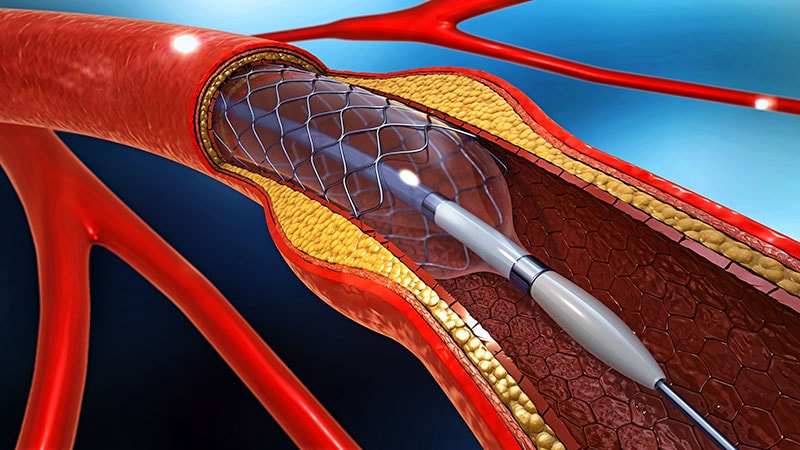FDA Approves TAVR in Asymptomatic Severe Stenosis
A transcatheter aortic valve replacement (TAVR) therapy was approved by the US Food and Drug Administration (FDA) for patients with severe aortic stenosis even without symptoms.
This is the first FDA approval for TAVR in patients who are asymptomatic.
Current clinical guidelines recommend routine surveillance every 6-12 months in patients who aren’t having any symptoms.
The agency’s decision to approve the balloon-expandable SAPIEN 3 platform (Edwards Lifesciences) is based on results from the EARLY TAVR trial, which demonstrated that patients with asymptomatic severe aortic stenosis randomized to early intervention had superior outcomes than those under guideline-recommended clinical surveillance. The EARLY TAVR trial was published in The New England Journal of Medicine.
“The world has been waiting for the results of this trial,” Bernard Prendergast, DM, chair of Cardiology at the Cleveland Clinic London and consultant cardiologist at St Thomas’ Hospital, both in London, England, said when the trial findings were presented in October at the Transcatheter Cardiovascular Therapeutics (TCT) 2024.
Prendergast was one of several cardiologists who described the EARLY TAVR trial as a landmark study, and he called the results “a major reset in our approach to severe aortic stenosis.”
Early TAVR
“There is an urgent need to change practice and TAVR guidelines for the treatment of aortic stenosis, which currently recommend ‘watchful waiting’ until symptoms develop,” said Philippe Généreux, MD, director of the Structural Heart Program at Gagnon Cardiovascular Institute, Morristown Medical Center in Morristown, New Jersey. “As we saw in the EARLY TAVR trial, patients originally designated as asymptomatic became symptomatic in sudden and unpredictable ways, underscoring the importance of early evaluation.”
Presenting a post hoc analysis of EARLY TAVR at the Society for Cardiovascular Angiography and Interventions Scientific Sessions in Washington, DC, Généreux showed benefits for unplanned hospitalization, stroke, and all-cause death, combined and separately, during follow-up in 901 patients, averaging 3.8 years.
A total of 122 patients receiving early TAVR (26.8%) and 202 patients under clinical surveillance (45.3%) had any one of the outcomes — a significant difference. Of those undergoing TAVR, 8.4% died vs 9.2% of those under clinical surveillance.
Stroke affected 4.2% of those undergoing early TAVR and 6.7% of those under clinical surveillance, and the rate of unplanned hospitalization for cardiovascular causes was 20.9% in the early TAVR group and 41.7% in the clinical surveillance group. In fact, 87% of patients in the clinical surveillance group eventually had to undergo aortic valve replacement during the follow-up period.
The benefits of early TAVR were consistent across age groups, reported Généreux. However, the early TAVR results were particularly striking for specific outcomes in some age groups. For example, TAVR resulted in much lower rates of death, stroke, or hospitalization for heart failure in patients aged 65-69 years. There were also no strokes in this age group.
Stroke rates were also significantly lower in patients aged 80 years or older undergoing early TAVR. Hospitalization for heart failure was significantly lower in patients aged 70 years or older undergoing early TAVR. “The results are important and highlight the benefits of early intervention among younger patients with asymptomatic severe aortic stenosis, especially in regard to stroke risk, a complication which is the most feared by patients,” said Généreux. “We are discovering that aortic stenosis itself might be an important risk factor for stroke, if left untreated,” he added.
Généreux reported working as a consultant to Edwards Lifesciences, the makers of the SAPIEN 3 platform, and other biomedical companies. Prendergast also reported having financial relationships with Edwards Lifesciences and several other companies.


 Admin_Adham
Admin_Adham


